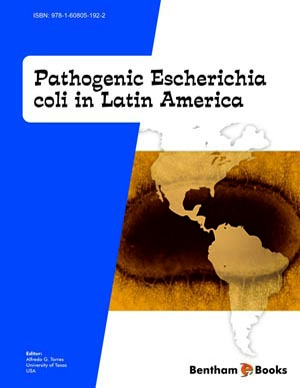Abstract
SHS investigation development is considered from the geographical and historical viewpoint. 3 stages are described. Within Stage 1 the work was carried out in the Department of the Institute of Chemical Physics in Chernogolovka where the scientific discovery had been made. At Stage 2 the interest to SHS arose in different cities and towns of the former USSR. Within Stage 3 SHS entered the international scene. Now SHS processes and products are being studied in more than 50 countries.
Abstract
In Argentina, a total of 1,117,718 diarrheal diseases cases were notified in 2008 with an incidence rate of 28.12/100,000 inhabitants, being Diarrheagenic Escherichia coli (DEC) strains the most important etiological agents associated to them. Several community-based studies have assessed the relative frequency of DEC pathotypes, accounting for 6 to 28.8% (EPEC), 9.7 to 24.4% (ETEC), 0.3 to 17.1% (EIEC), 1.2 to 17.1% (STEC), 20 to 31.4% (EAEC), and 27.1 to 29% (DAEC). In the last 10 years, approximately 500 HUS cases were reported annually, with an incidence that ranged between 7.8 and 17/100,000 children less than 5 years of age. STEC O157:H7 was the major serotype isolated (60%), with prevalent genotype stx2/stx2c(vh-a)/eae/ehxA (81.4%), mainly of the phage type 4 (40%). Two XbaI-PFGE patterns are prevalent, AREXHX01.0011 and AREXHX01.0022, representing respectively 9.9% and 5.6% of the E. coli O157 Argentinean isolates in the database. Among the non-O157 STEC strains, genetic profiles were more diverse, but stx2/eae/ehxA (66.2%) was prevalent. STEC strains, mainly Stx2-producers, have been recovered from animals and food, being cattle an important reservoir, with increased risk of illness linked to beef-related dietary habits, and animal exposure. The implementation of integral preventive measures is necessary to decrease the incidence of diarrheal disease in Argentina and the associated human and economic costs.
Recommended Chapters
We recommend

Authors:Bentham Science Books


 Download PDF Flyer
Download PDF Flyer



